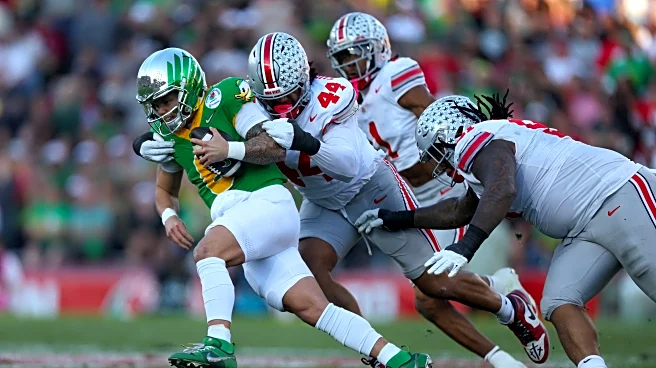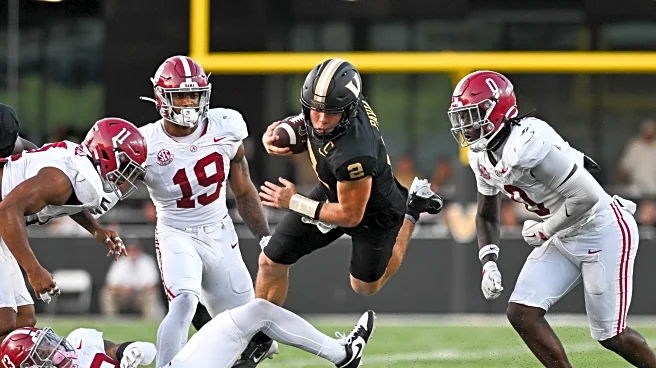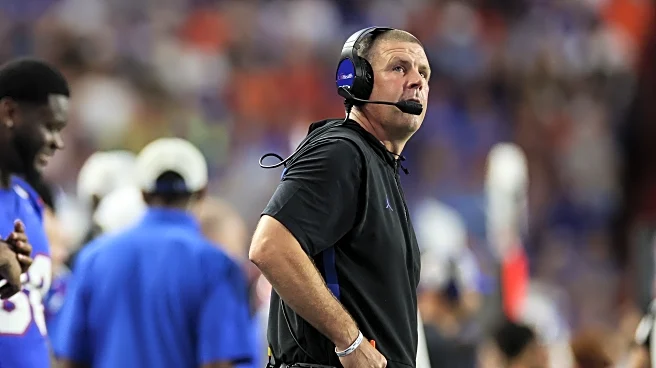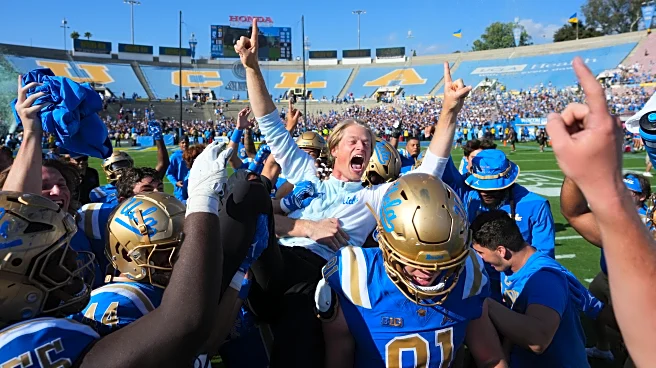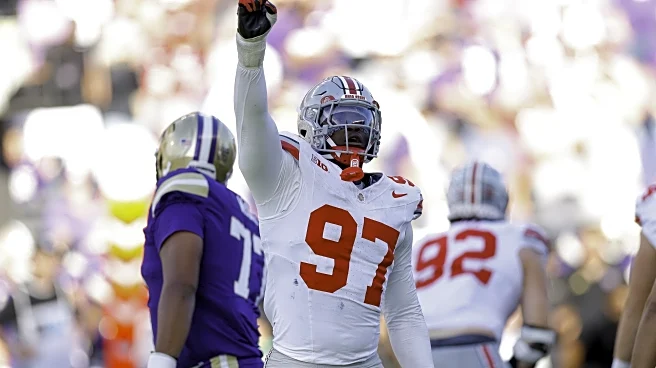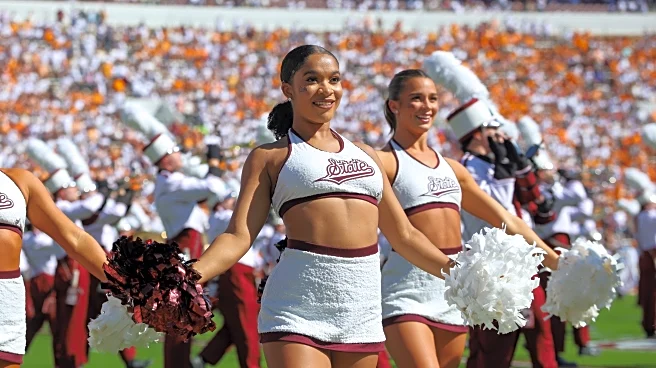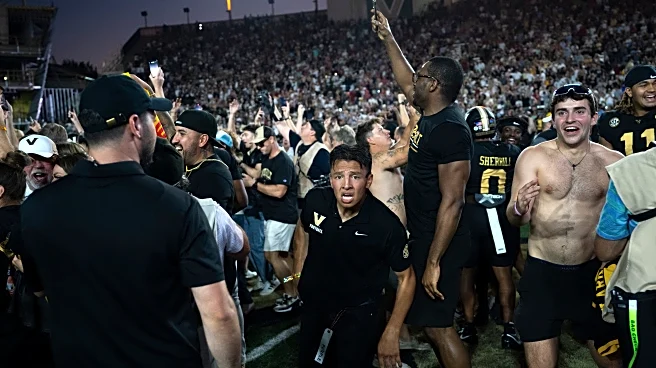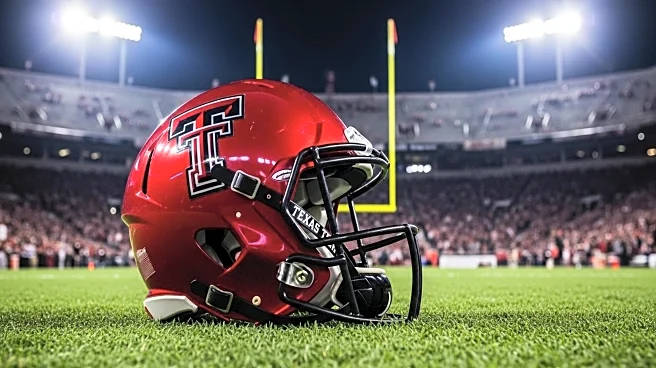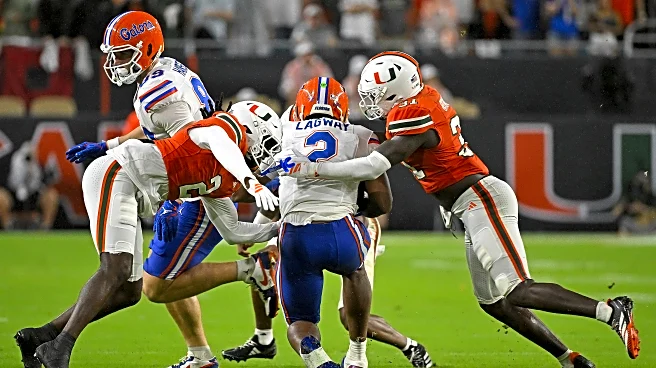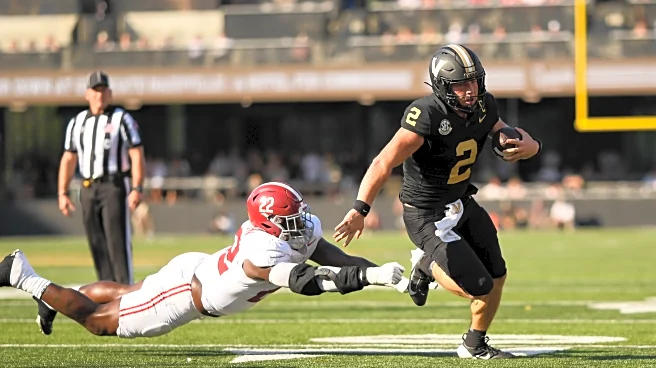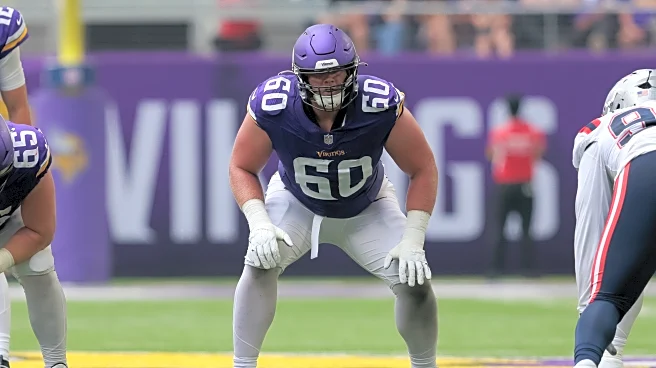What is the story about?
What's Happening?
The 2026 college football recruiting cycle is witnessing a period of relative calm following a summer of intense commitments driven by early NIL payments and revenue-share agreements. As of early October, only three of ESPN's Top 300 prospects remain uncommitted, with the majority of programs having settled their recruiting classes earlier than usual. However, industry insiders predict a potential surge in recruiting activity as programs may attempt to flip committed players by offering lucrative deals. This comes in the wake of the House settlement allowing direct payments to athletes, which has reshaped recruiting strategies. Key programs like Florida State, Miami, Ohio State, Oregon, Texas, and Texas Tech are expected to be active in pursuing flips, particularly targeting high-value positions such as offensive tackles and defensive ends.
Why It's Important?
The evolving landscape of college football recruiting, influenced by NIL agreements, is significant as it alters traditional recruiting dynamics and financial strategies. Programs are now able to offer direct financial incentives, which could lead to increased competition and strategic maneuvering to secure top talent. This shift impacts not only the recruiting process but also the financial planning and resource allocation of college football programs. The potential for late-cycle flips could disrupt established commitments, affecting team compositions and competitive balance. As programs navigate these changes, the implications for athletes include increased bargaining power and financial opportunities, while schools must adapt to new regulatory environments and financial commitments.
What's Next?
As the early signing period approaches, programs are expected to intensify efforts to secure or flip commitments, with potential financial negotiations playing a crucial role. The enforcement of NIL agreements and revenue-share caps will be closely monitored, as discrepancies could lead to decommitments and further shifts in recruiting strategies. Programs will likely focus on maintaining their current commitments while exploring opportunities to enhance their rosters through strategic flips. The impact of these dynamics will be observed in the upcoming months, with potential adjustments in recruiting practices and financial strategies as schools aim to comply with evolving regulations and maximize their competitive edge.
Beyond the Headlines
The introduction of NIL agreements and direct payments to athletes raises ethical and regulatory questions regarding the influence of financial incentives on college sports. The potential for increased financial disparities among programs could lead to long-term shifts in competitive balance and the prioritization of financial resources over traditional recruiting values. Additionally, the focus on high-value positions may impact the development and opportunities for athletes in less prioritized roles, potentially altering career trajectories and the overall landscape of college football.
AI Generated Content
Do you find this article useful?


